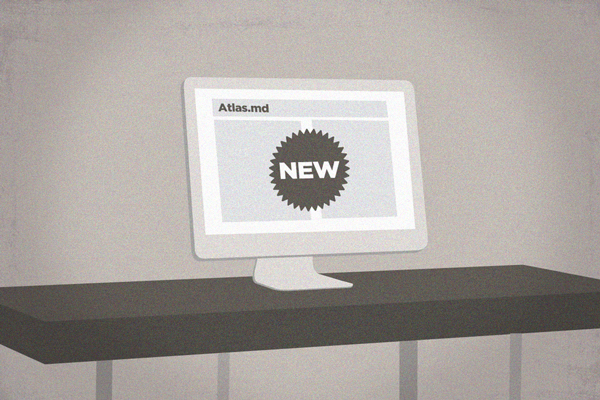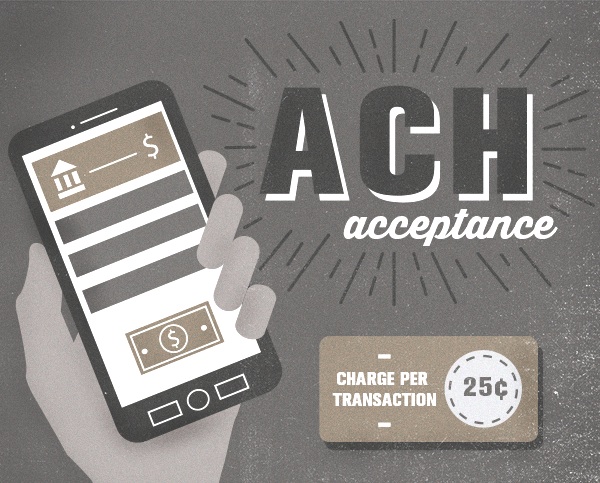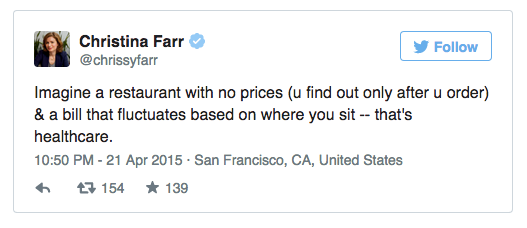It’s all about the money, honey.
Not really, but this recent study from content.healthaffairs.org found out that physicians in a traditional healthcare environments spend about the same amount of time face-to-face with patients as they do providing desktop medicine – doing things like “communicating with patients through secure portals, responding to online requests for refills or advice, ordering and reviewing tests, and sending staff messages.” But they typically only get paid for office visits – because that’s what they can bill for.
“While working on progress notes could be considered pre- or post-service efforts, desktop medicine activities not linked to a face-to-face visit are not reimbursable under typical fee-for-service contractual and regulatory arrangements,” the [study] authors wrote. “Many of those activities — such as care coordination and responding to patients’ email — are of high value to the delivery system and to patients, so the staffing, scheduling and design of primary care practices should reflect this value.”
It’s getting harder and harder to get reimbursed for providing quality healthcare. Thanks a lot rules and regulations. Maybe that’s why docs feel pressured to squeeze an insane number of patients through their doors each day. So even if a doc spends the time to get the quality part right, she’s not getting paid for it. And one’s passion for his career and love of medicine can only go so far.
Direct Care Takes the Pressure Off of Getting Paid.
Those rules and regulations probably had good intentions, sure. But they’ve gotten so far out of hand and off track and wrapped up in themselves they wind up not making a whole lot of big picture sense. By eliminating all the third party nonsense that can cause such wonky-ness (if that’s not a word, it should be), Direct Care doctors have a solid payment structure already built into their business foundation. They don’t have to worry about what they’ll get reimbursed for. What insurance will cover, what billing code covers what. They deal directly with patients.
Plus. Time spent in the Atlas.md EMR can be as productive as time spent face-to-face with patients. In fact, depending on the patient’s needs it can even be more productive. When the doc can respond to text messages, emails, video chats, etc. directly from the EMR, they’re available for patients in the best way possible – on the patient’s terms.
There’s no pressure to spend a certain amount of time on one thing or another. There’s no mountain of paperwork looming at the end of the day. There’s no perpetual struggle to get paid based on what someone else thinks you’re worth.
There’s just you, and your patients. 100% of the time.



